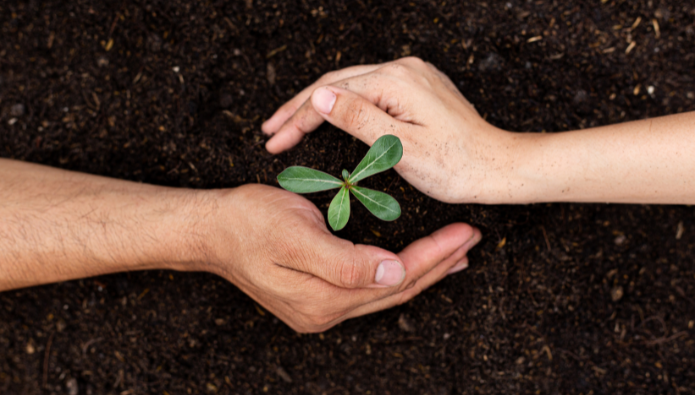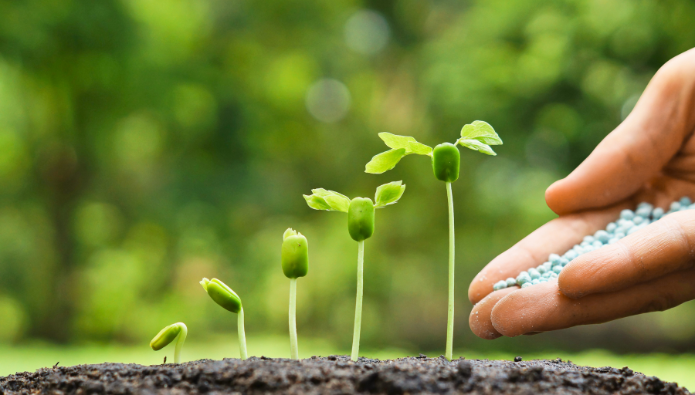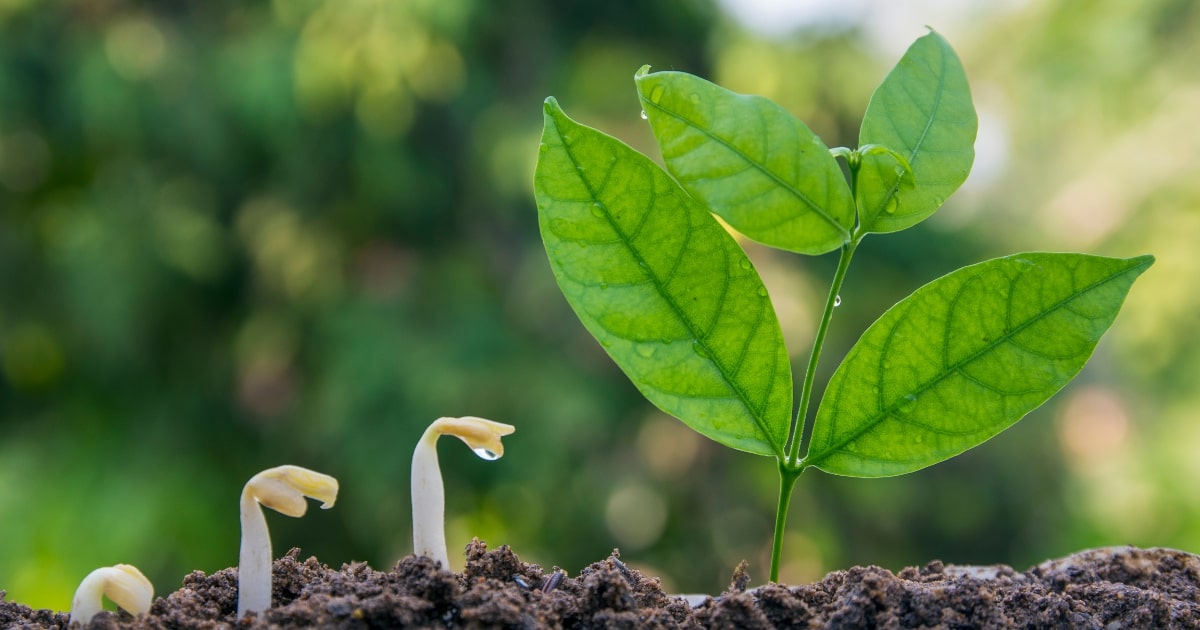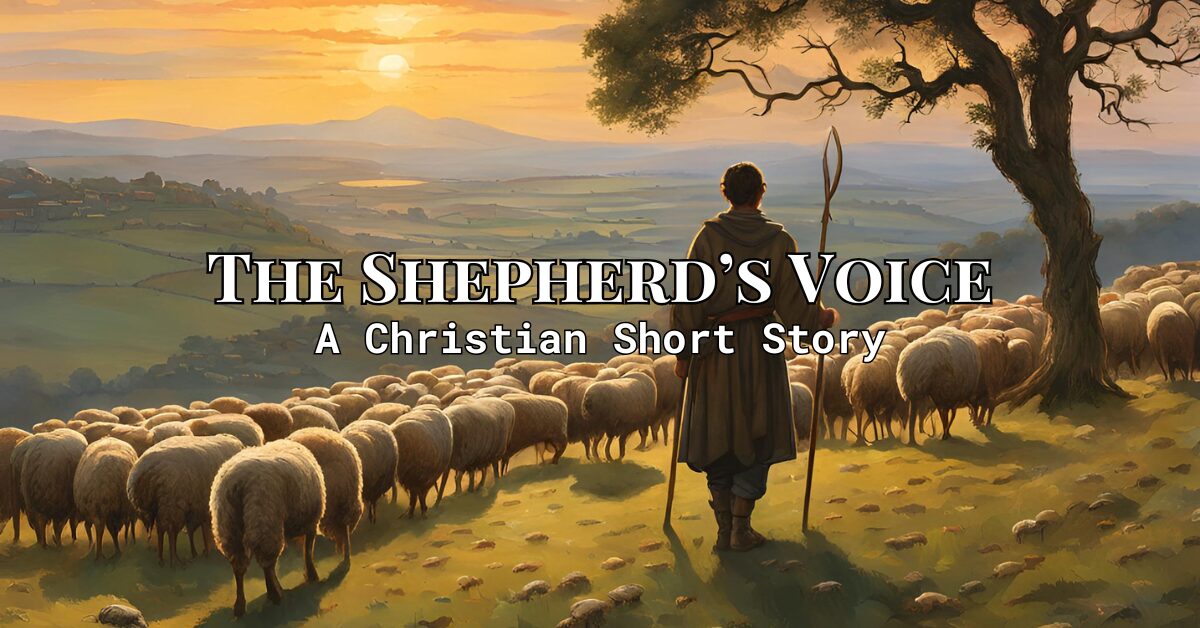In the mosaic of Jesus’ teachings, the Parable of the Growing Seed, as captured in Mark 4:26-29, offers a unique and profound glimpse into the nature of the Kingdom of God. This parable, though brief, unfolds layers of meaning about growth, patience, and the mysterious workings of divine grace in our lives and the world at large. It tells the story of a seed growing silently, almost magically, to fruition, without the constant vigil or intervention of the sower. This narrative, rich with agricultural metaphors, speaks volumes to the heart seeking to understand the subtle yet powerful ways in which God’s kingdom expands and flourishes.
At its core, the Parable of the Growing Seed is a testament to the unseen, effortless progression of spiritual growth and the unfolding of divine plans, beyond human comprehension or control. It challenges us to reconsider our role in the grand scheme of things, encouraging a trustful surrender to the processes that are divinely ordained, much like the natural growth of a seed into a bountiful plant.
As we delve into this blog post, we will explore the depth of the Parable of the Growing Seed, seeking to unearth the spiritual truths it holds. From the initial scattering of the seed to the joyous arrival of the harvest, each stage of the parable offers insights into our personal journey of faith and the collective evolution of the Kingdom of God.
Join us as we journey through this captivating parable, drawing out lessons on patience, trust, and the miraculous growth initiated by divine hands. We will contemplate how these ancient words continue to resonate in our modern lives, guiding us to live with a deeper awareness of the invisible, yet inexorable, growth of the good within and around us.
Also Read: Parable of Jesus: The Weeds
Parable of Jesus Christ: The Growing Seed
Parable of the Growing Seed, Mark chapter 4, verses 26-29 (NIV):
“He also said, ‘This is what the kingdom of God is like. A man scatters seed on the ground. Night and day, whether he sleeps or gets up, the seed sprouts and grows, though he does not know how. All by itself the soil produces grain—first the stalk, then the head, then the full kernel in the head. As soon as the grain is ripe, he puts the sickle to it, because the harvest has come.'”
This parable, through the simple act of seed growth, conveys profound truths about the kingdom of God and the nature of spiritual growth and development.
Also Read: The 45 Parables of Jesus
Interpretation of The Parable of The Growing Seed

The Parable of the Growing Seed, as presented in Mark 4:26-29, serves as a powerful metaphor for the Kingdom of God and the process of spiritual growth. Through the imagery of seeds sprouting and maturing into a harvest, Jesus communicates profound truths about how God’s kingdom expands and how faith develops in the hearts of believers. Let’s delve into the interpretation of this parable of the Growing Seeds.
The Mystery of Growth
Autonomous Growth: The parable highlights that once the seeds are sown, they grow by themselves, without the sower’s understanding or intervention. This mirrors the mysterious and sovereign work of God in the human heart and in the expansion of His kingdom. It reminds us that spiritual growth and the spread of God’s reign are ultimately God’s work, proceeding according to His divine plan and timing.
Continuous Process: The growing seeds undergo a gradual process from germination to maturity, symbolizing the progressive nature of spiritual growth. Just as seeds transform unseen in the soil, so does the Holy Spirit work within individuals and communities, often beyond human perception, nurturing faith that culminates in a fruitful expression of God’s kingdom.
The Role of the Sower
Initiating the Process: The sower’s role is to scatter the seed, initiating the process of growth. This represents the believer’s responsibility to share the message of the kingdom through word and deed. However, the parable reassures that the outcome does not rely solely on human effort but on God’s power to bring growth.
Patience and Trust: The sower waits patiently for the harvest, trusting in the natural progression of growth. This patience is emblematic of the trust believers must have in God’s timing and methods. It encourages a posture of faith and reliance on God, even when immediate results are not evident.
The Harvest
Culmination of Growth: The harvest represents the culmination of the growth process, a time of fruition and celebration. Spiritually, this points to the fulfillment of God’s kingdom purposes—individual lives transformed by the gospel, communities living out kingdom values, and ultimately, the return of Christ.
Readiness for Action: The readiness of the sower to harvest as soon as the grain is ripe emphasizes the need for vigilance and preparedness. Believers are called to be attentive to the movement of God’s Spirit and ready to participate in the harvesting work, gathering the fruits of spiritual growth.
Also read: Parable of Jesus: The Olivet Discourse
Practical application of the Parable of the Growing Seed in Our Daily Lives

How can you apply The Growing Seed Parable in practically in your daily life? Let’s take a look at it.
The Parable of the Growing Seed, while a simple depiction of agricultural growth, offers profound insights into how we can approach our spiritual journey and contribute to the growth of God’s Kingdom in our daily lives. Let’s explore how we can implement the principles of this parable in practical ways.
Embracing the Mystery of Growth
Trust in the Process: Just as the seed grows by itself, we are reminded that spiritual growth often happens in ways we cannot fully understand or control. This teaches us to trust in the process of our own spiritual development, knowing that God is at work in us, even when we cannot see immediate results.
Patience in Transformation: The Growing Seed encourages patience with ourselves and others. Recognizing that growth takes time allows us to be more forgiving and understanding of the journey, not only our own but also that of those around us.
Nurturing Our Spiritual Growth
Cultivating Good Soil: Just as seeds need good soil to grow, our spiritual lives require a nurturing environment. This can mean surrounding ourselves with positive influences, engaging in regular prayer and meditation, and participating in a faith community that supports our growth.
Being Receptive to the Word: The seed can also symbolize the Word of God sown in our hearts. Being receptive means keeping our hearts open to divine teachings and allowing them to take root and flourish within us.
Contributing to the Kingdom
Planting Seeds in Others: The Growing Seed encourages us to sow seeds of faith, hope, and love in the lives of others. Through acts of kindness, sharing our faith journey, and offering support, we can contribute to the spiritual growth of those around us.
Recognizing Our Role: Understanding that we are not solely responsible for the growth of these seeds relieves us of undue pressure. Our role is to sow and nurture when we can, but ultimately, the growth is God’s work.
Preparing for the Harvest
Living in Readiness: The harvest symbolizes the end times, but it also reminds us to live in a state of readiness, making the most of the time we have. This means actively engaging in works of faith, charity, and community building, laying up treasures in heaven rather than earth.
Reflecting on Eternity: The eventual separation of wheat and weeds serves as a sobering reminder of eternity. It encourages us to live lives that reflect our ultimate hopes and beliefs, focusing on what is truly important and eternal.
Conclusion

In delving into the Parable of the Growing Seed, we’ve traversed the rich soil of spiritual metaphor, uncovering layers of meaning that extend far beyond the simple act of sowing and nurturing seeds. This parable, with its profound simplicity, invites us into a deeper contemplation of the natural and divine processes that underpin our spiritual journey. It teaches us that the growth of the Growing Seed, much like our own spiritual growth, is governed by forces beyond our immediate control, yet it is something we can nurture and contribute to in meaningful ways.
The Growing Seed encourages us to adopt an attitude of patience and trust, recognizing that while we play a role in planting and tending to the seeds of faith, hope, and love, the mystery of growth lies in the hands of a power greater than ourselves. It reassures us that, in time, with the right conditions and divine intervention, what starts as a tiny seed can flourish into a bountiful harvest.
As we conclude our exploration of this parable, let us carry forward the lessons of the Growing Seed into our daily lives. Let it remind us to cultivate the soil of our hearts, to sow seeds of goodness in the world around us, and to patiently await the harvest that is promised to come. Through the Parable of the Growing Seed, we are invited to participate in the unfolding of God’s Kingdom, trusting in the growth process and looking forward to the fruition of our spiritual endeavors.
In essence, the Parable of the Growing Seed is not just a lesson in agriculture but a guide for living, a call to action, and a promise of the fruitful outcomes that await those who engage in the work of the Kingdom with faith, hope, and love.
Read the next: Parable of Jesus: The Mustard Seed








